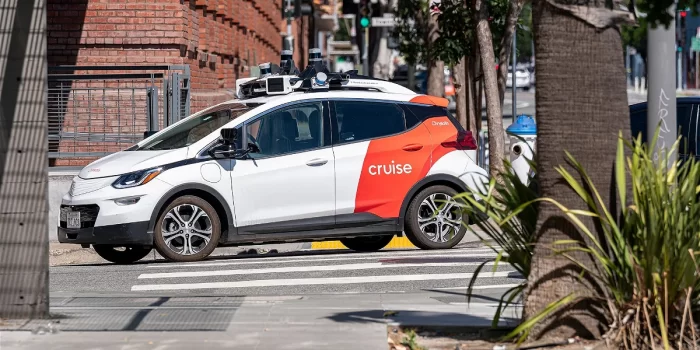Imagine a world when autonomous vehicles are commonplace, providing smooth transportation and a range of other services to customers. When Cruise and Waymo, two autonomous car startups, received approval from the California Public Utilities Commission (CPUC) to operate full-fledged commercial passenger services in San Francisco, this far-off vision moved one step closer to becoming a reality. This new technological era was not without its difficulties, though.
On August 10, the CPUC’s decision marked a significant milestone, allowing Cruise and Waymo to charge fees for their autonomous journeys at any time of day. The move aimed to integrate these vehicles into daily life and provide an alternative to traditional taxi services. Just a day after the announcement, a traffic conundrum emerged as Cruise’s driverless cars caused blockages in San Francisco’s North Beach neighborhood.

Reports indicated that several of Cruise’s driverless vehicles became stuck near Vallejo Street around 11 pm, leading to a 15-minute traffic disruption. The company attributed the issue to cell phone coverage problems related to a nearby music event, which temporarily hindered the cars’ guidance systems. Despite the hiccup, Cruise remained optimistic about its services, citing a waitlist of over 100,000 signups for its driverless offerings.
San Francisco’s decision to permit these services made it the first major U.S. city to embrace two robotaxi companies, sparking both excitement and concerns among citizens. While proponents touted the potential for increased road safety, opposition arose from groups like the police and fire agencies. These agencies raised objections and concerns regarding the safety and reliability of autonomous vehicles, leading to weekend traffic bottlenecks like the incident in North Beach.
CPUC Commissioner John Reynolds acknowledged the challenges that autonomous vehicles bring but expressed confidence in their potential to enhance road safety. He emphasized the importance of collaboration between stakeholders and first responders to address emerging issues in this innovative technology space.

Previously, both Cruise and Waymo were limited to specific operating conditions. Cruise could only provide fared passenger services in certain areas during specific hours without a safety driver, while Waymo had similar restrictions. However, the recent clearance now allows these companies to expand their offerings and provide legitimate alternatives to traditional taxis, catering to various market demands.
With over 500 autonomous vehicles already in operation in the San Francisco area, both Cruise and Waymo are poised to make significant advancements. Despite the initial traffic glitch, the journey towards a world of driverless cars continues, showcasing the potential and challenges that come with embracing cutting-edge technologies on our roads.


